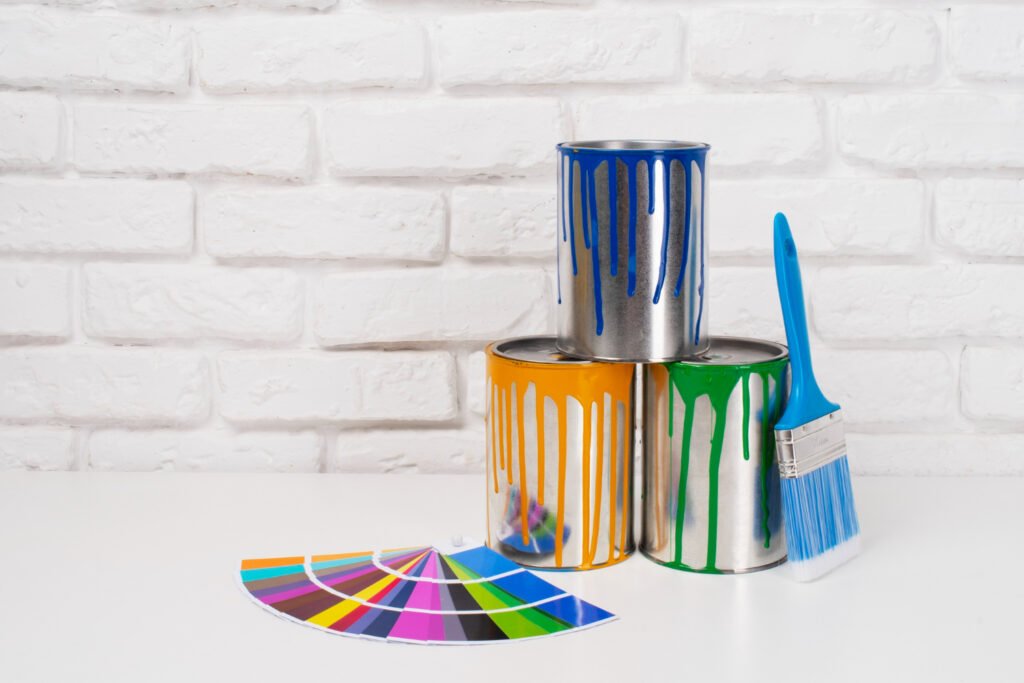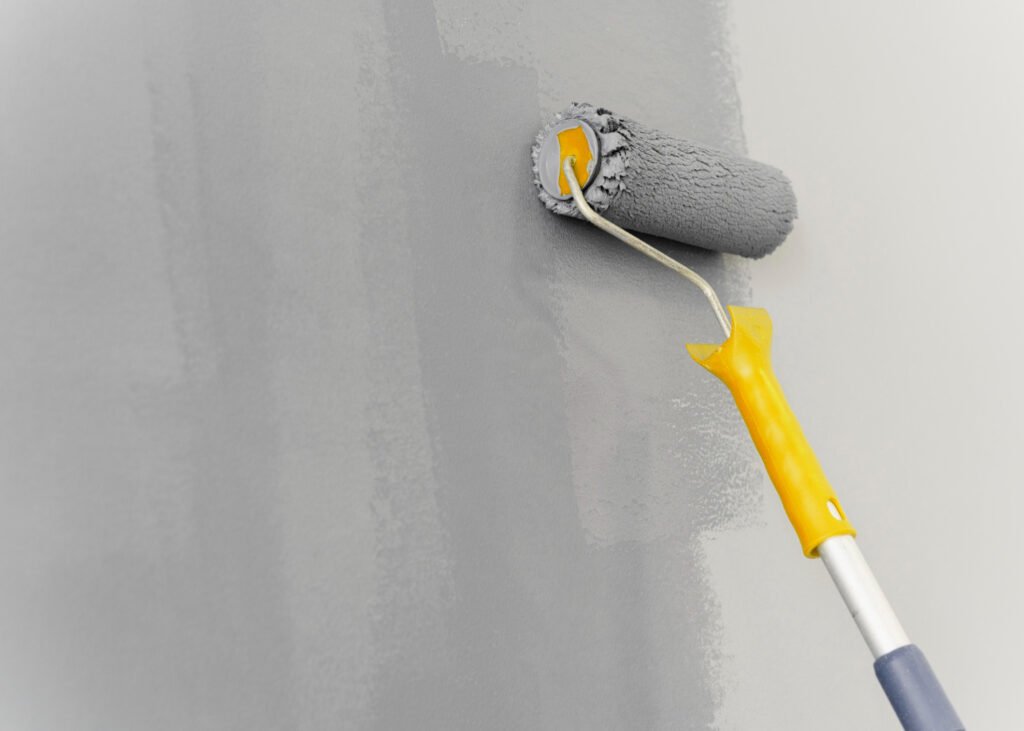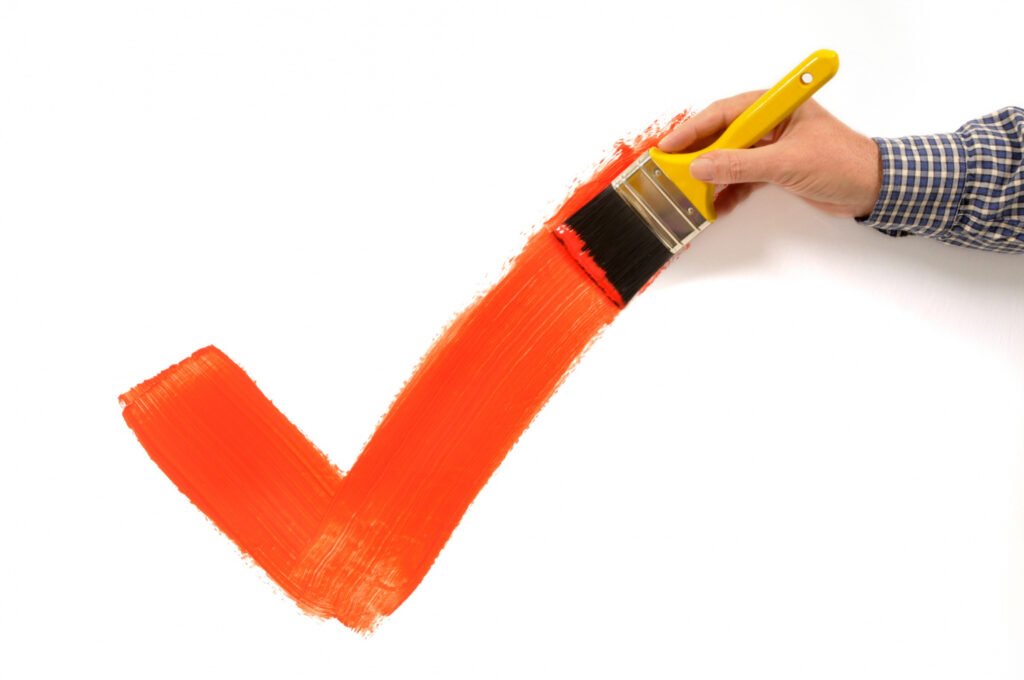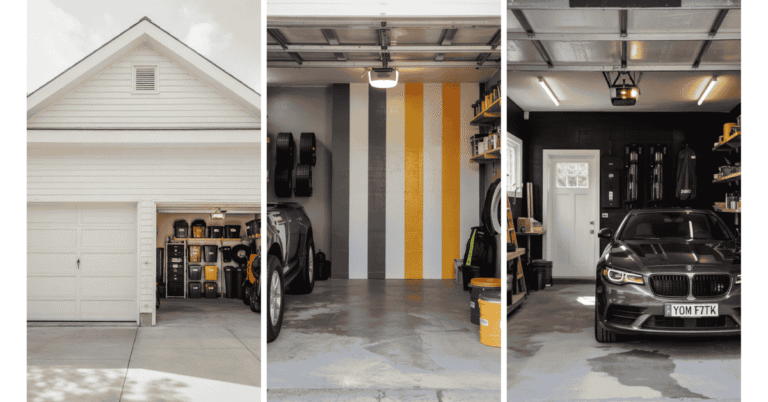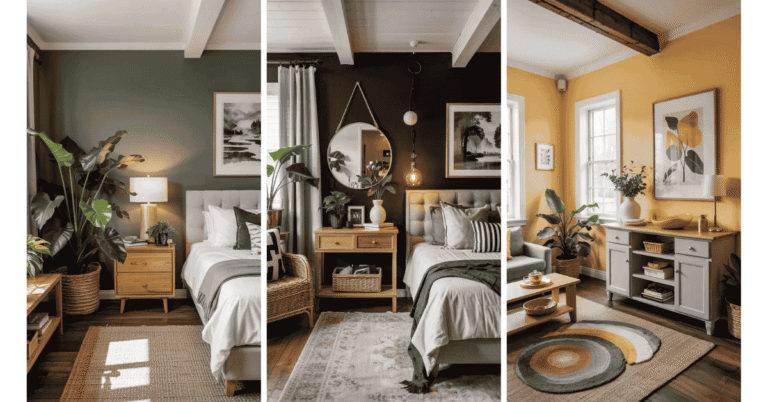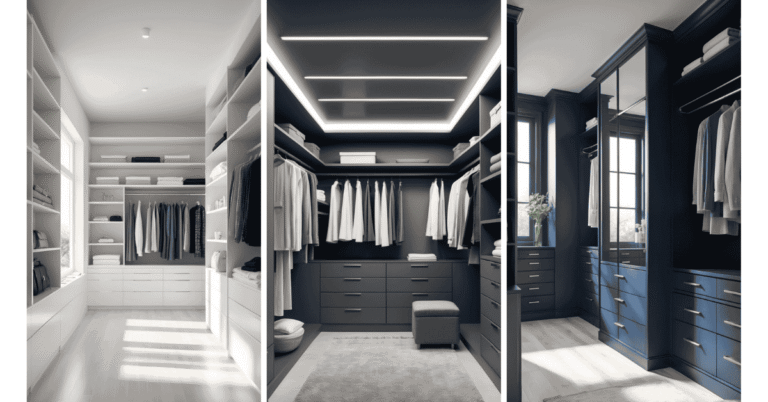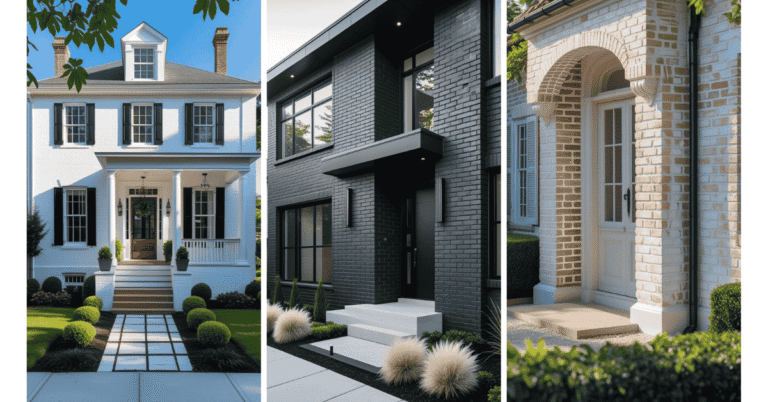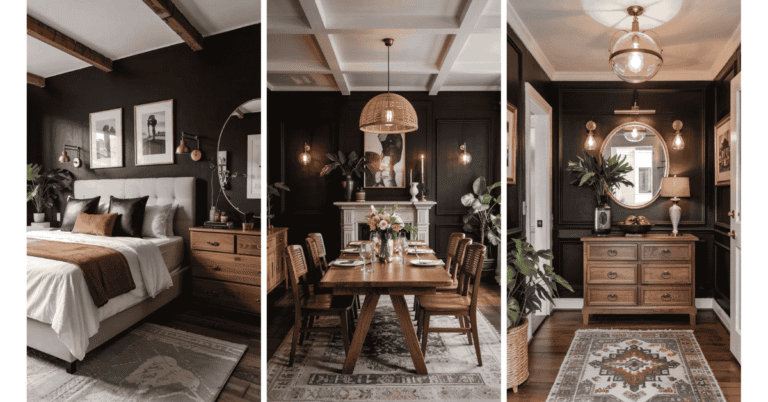How Much to Paint a Garage Explained With Cost Factors and Tips
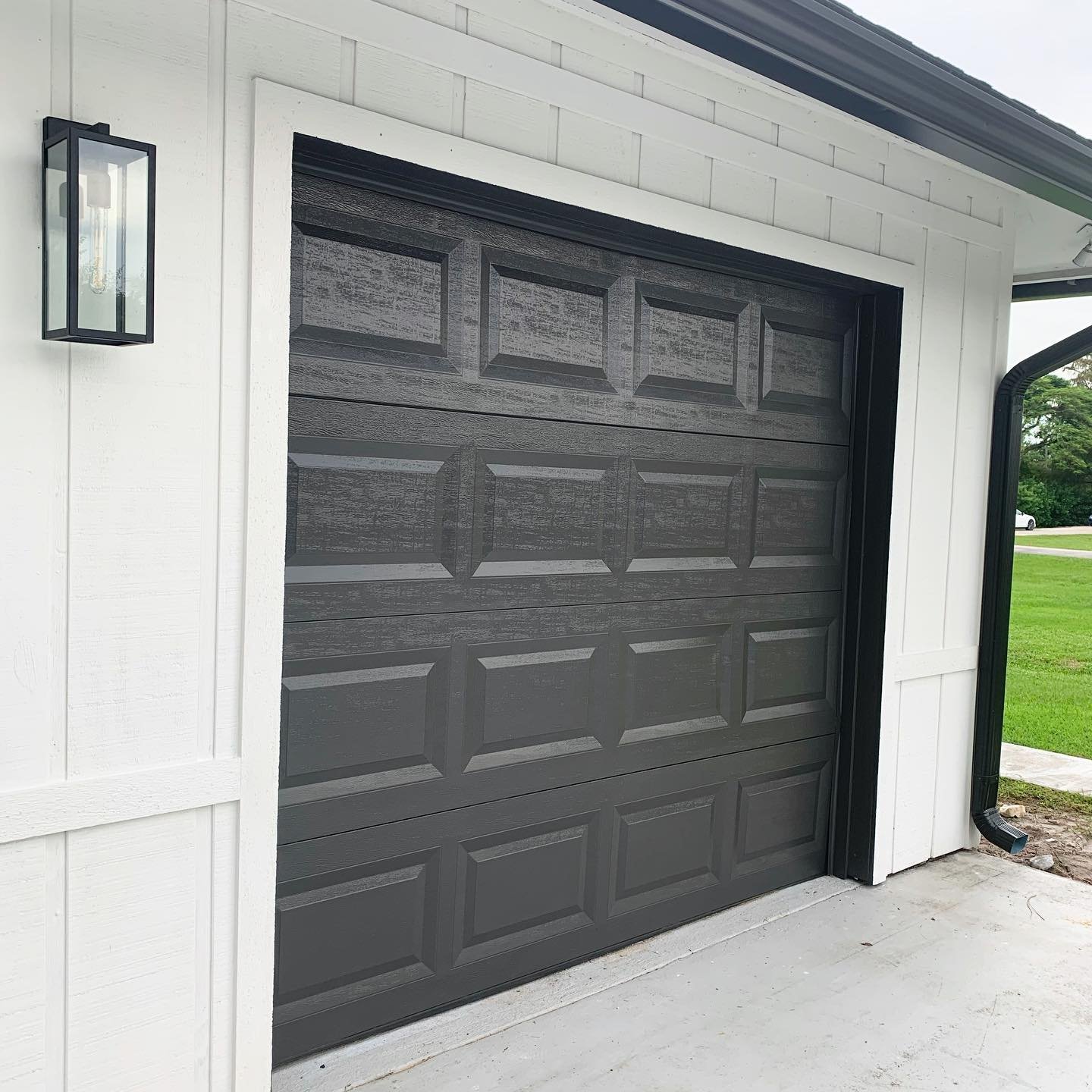
Painting a garage can vary widely in cost depending on its size, the paint type, and labor involved. For most garages, the price typically falls between $500 to $1,500 when hiring professionals. On average, painting garage walls and ceilings costs around $2.75 per square foot, while garage floors can run from $2 to $4 per square foot.
The size of the garage plays a major role in the overall expense, with larger garages requiring more materials and time. Other factors like preparation work and paint quality also influence the total price, making it important to assess these before starting the project.
Whether someone is considering a DIY approach or professional services, understanding these cost factors helps establish a realistic budget. This ensures the garage gets a fresh coat of paint without unexpected expenses or compromises in quality.
Cost Breakdown for Painting a Garage
Painting a garage involves several cost components, including materials, labor, and preparation. These vary based on the size of the garage and the type of paint used. Understanding these factors helps estimate the total expense accurately.
Average Price Range
The typical cost to paint a garage ranges from $500 to $3,000 when hiring a professional. DIY attempts can reduce expenses to between $100 and $700 but require time and skill.
Professional rates depend on paint quality, surface condition, and location. Lower-end jobs might use basic paint with minimal prep, while higher-end projects include premium paint and thorough surface treatment. Labor usually constitutes the largest portion of the cost in professional jobs.
Cost Per Square Foot
Painting costs generally fall between $1.92 and $3.78 per square foot. This range accounts for paint, primer, surface preparation, and labor.
Garage walls and ceilings require different approaches, which can affect pricing. Ceilings often cost more due to difficulty accessing and preparing the surface. The type of paint chosen also alters the cost, with emulsions and specialty paints priced higher.
Breakdown by Garage Size
A small one-car garage costs approximately $300 to $1,000 to paint professionally. Medium-sized two-car garages typically range from $700 to $2,000. Larger three-car garages can cost $1,500 to $3,000 or more due to increased surface area.
Size influences both material quantities and labor hours. Prepping a larger area involves more cleaning, patching, and masking, increasing the time and materials needed. Homeowners should measure their space carefully to obtain accurate estimates.
Factors Influencing the Cost
Several key elements determine the total expense of painting a garage. These include the level of surface preparation needed, the choice of paint and accompanying materials, and the labor involved in completing the project.
Surface Preparation Requirements
The condition of the garage surfaces greatly impacts preparation costs. Walls or floors with cracks, stains, or peeling old paint require repair or cleaning before painting. This can involve sanding, filling gaps, or pressure washing.
Extensive prep work extends the project’s timeline and raises labor costs. Surfaces that are smooth and clean need minimal prep, lowering expenses. Professional painters often charge extra for time-consuming preparation tasks, so thorough inspection beforehand is essential.
Proper preparation ensures paint adhesion and durability. Skipping necessary prep can lead to peeling or uneven finishes, which could increase maintenance or repainting costs later.
Type of Paint and Materials Used
The choice of paint affects both quality and cost. High-quality paints with features like mildew resistance or enhanced durability generally cost more per gallon. For example, epoxy-based floor paints are pricier than standard latex options but last longer in a garage setting.
Additional materials include primers, sealants, brushes, rollers, and masking tape. Using a primer can improve coverage and paint adherence, requiring extra purchase and labor.
Paint coverage is typically measured in square feet per gallon. Larger garages need more paint, increasing material expenses. Specialty finishes or colors may also add to the price.
Labor Costs
Labor is a major factor in garage painting costs. Hiring professionals typically results in higher upfront costs but ensures quality work and time efficiency. Labor fees often depend on project size, complexity, and local market rates.
Hourly rates vary but generally fall between $25 and $75 per hour. Larger or more complex garages take longer to complete, increasing total labor costs.
For DIY projects, labor cost savings might be offset by longer project time or mistakes requiring touch-ups. Professionals bring experience that helps avoid costly errors.
Pricing may also include cleanup, equipment setup, and safety measures when working in confined or hazardous areas.
DIY vs. Professional Painting
Choosing between painting a garage yourself or hiring a professional involves weighing factors like time, cost, skill, and the quality of the finish. Each option has specific advantages and limitations that influence how the project will proceed and the final result.
Pros and Cons of Each Option
DIY painting can save money upfront, allowing control over the schedule and the ability to customize the approach. However, it requires significant time, effort, and some skill to get a smooth, durable finish. Mistakes may lead to additional costs for extra materials or corrections.
Hiring a professional ensures expertise, proper surface preparation, and a higher-quality, long-lasting finish. Professionals work faster and handle complex areas safely. The main downside is the higher cost and less control over timing and specific painting choices.
Cost Differences
DIY painting typically costs between $300 and $800 for a standard garage, primarily for paint and supplies. Additional costs may come from tools or correcting errors.
Professional services range from $1,200 to $3,000 depending on garage size, paint type, and labor rates. This price includes surface prep, equipment, and cleanup, reducing the risk of hidden expenses.
| Expense Type | DIY Cost Range | Professional Cost Range |
|---|---|---|
| Paint and materials | $200 – $500 | Included |
| Tools and equipment | $50 – $150 | Included |
| Labor | Free (your time) | $1,000 – $2,500 |
| Corrective work | Possible extra | Included |
Required Tools and Equipment
DIY painters need brushes, rollers, paint sprayers (optional), ladders, painter’s tape, drop cloths, and cleaning supplies. High-quality materials ensure better results but raise costs.
Professionals bring specialized tools such as commercial sprayers, scaffolding, and surface preparation equipment. Their experience means fewer tools are needed from the homeowner, simplifying the process.
Using the right tools minimizes errors and improves efficiency for both DIY and professional projects.
Painting Different Garage Surfaces
Painting a garage involves addressing different surfaces, each with distinct preparation and paint requirements. Proper selection of paint type and surface treatment ensures durability and the desired finish for walls, ceilings, and floors.
Walls
Garage walls typically consist of drywall, concrete, or wood paneling. Preparing walls often requires cleaning, patching holes or cracks, and applying a primer suited to the surface material. For drywall, a latex primer works best, while concrete walls benefit from a masonry primer to seal porous surfaces.
Choosing the right paint is crucial. Semi-gloss or satin latex paints are popular for durability and easy cleaning. They resist stains and moisture, making them ideal for garages.
Coverage varies by paint type and wall texture but generally requires two coats for an even finish. Applying paint with a roller ensures quick coverage, while brushes are good for edges and corners.
Ceiling
Garage ceilings often go unnoticed but still need proper treatment to prevent staining and damage. Drywall ceilings require cleaning and a primer coat, usually the same type used on walls. For exposed wooden beams, a stain-blocking primer helps prevent discoloration.
Flat or matte paint is preferred on ceilings to minimize glare and hide imperfections. Since ceilings are less exposed to wear, paint durability is less critical here than on walls.
Using a roller with an extension pole speeds up application. Two coats are recommended to achieve uniform coverage and protect against moisture and dust.
Floors
Garage floors demand special attention due to heavy traffic and exposure to chemicals like oil and gasoline. Concrete floors must be cleaned thoroughly and etched or acid-washed to improve paint adhesion.
Epoxy or urethane-based floor coatings are standard. They offer chemical resistance, durability, and a smooth finish. These coatings come in various finishes: gloss for easy cleaning or matte for slip resistance.
Application requires specific tools such as rollers with a thick nap or squeegees. Multiple coats, usually two to three, ensure long-lasting protection. Proper curing time is essential to avoid peeling or damage.
Preparation Steps Before Painting
Proper preparation is essential for a durable and even paint finish. This involves dealing with surface dirt and damage, followed by treating the walls or floors to ensure good paint adhesion and coverage.
Cleaning and Repair
The surface must be thoroughly cleaned to remove dust, oil, grease, and any loose debris. Sweeping alone is insufficient; use a degreaser or heavy-duty cleaner, especially if the garage floor has oil stains.
Repairs are critical to a smooth finish. Fill cracks and chips with an appropriate epoxy or concrete filler. After applying filler, sanding rough areas ensures an even surface. Any peeling paint or loose material should be removed before continuing.
Allow the floor or walls to dry completely after cleaning and repairs. Moisture can cause paint to peel or fail prematurely.
Priming Surfaces
Priming the surface improves paint adhesion and promotes uniform coverage. It is especially important on bare concrete, repaired areas, or surfaces with stains.
Select a primer that matches the paint type. For garage floors, penetrating or bonding primers designed for concrete are recommended.
Apply primer evenly using a brush or roller. Allow sufficient drying time according to the manufacturer’s instructions before applying paint.
Skipping the priming step can result in poor durability and uneven color, reducing the life of the paint job.
Choosing the Right Paint and Finish
Selecting the appropriate paint and finish ensures durability and protection suited for garage conditions. Factors like moisture exposure, surface type, and traffic levels influence the choice of paint. The finish affects cleanability and resistance to stains and wear.
Paint Types for Garage Environments
Latex paint is a common option for garage walls due to its ease of application and cleanup. It performs well in typical home garage environments, especially when combined with a semi-gloss finish.
For garages exposed to moisture or heavy usage, epoxy paints provide superior protection. They resist water, chemicals, and abrasion better than standard paint, making them ideal for floors or walls with high impact.
Oil-based paints offer durability and moisture resistance but require more ventilation during application and have longer drying times. Priming surfaces beforehand is crucial for all paint types to improve adhesion and finish quality.
Recommended Finishes
A semi-gloss finish is generally preferred for garage walls. It balances durability and ease of cleaning while resisting scuffs and stains. This finish shines enough to repel dirt without being overly reflective.
Flat or matte finishes are not recommended because they absorb stains and are harder to clean. For garage floors, epoxy coatings offer a smooth, glossy finish that protects against spills, wear, and chemical exposure.
It is important to apply two coats of paint for even coverage and enhanced durability. Each coat should dry fully before applying the next. Proper surface preparation significantly improves finish adherence and lifespan.
Additional Expenses to Consider
Painting a garage often involves costs beyond just paint and labor. These can impact the total budget and should be planned for accordingly.
Equipment Rental
Renting equipment may be necessary for certain garage painting projects, especially larger or hard-to-reach areas. Common rentals include paint sprayers, scaffolding, and pressure washers.
Paint sprayers speed up application but typically rent for $40 to $100 per day. Scaffolding or ladders can cost between $30 and $75 per day, depending on height and type. Pressure washers, useful for surface cleaning before painting, often rent for $30 to $60 per day.
Renting equipment avoids purchase costs but adds to your project expenses. It’s important to choose the right tools based on the garage’s size and complexity to ensure efficiency and quality.
Disposal Fees
Disposal fees apply to leftover paint, used brushes, rollers, and any waste generated during the project. Local regulations may require proper disposal to avoid environmental hazards.
Hazardous waste facilities often charge $10 to $50 for small quantities of paint disposal. Large volumes or multiple cans may increase fees. Brush and roller disposal is usually less costly but still requires responsible handling.
Ignoring disposal costs can lead to fines or environmental damage. Budgeting for proper disposal ensures compliance and keeps the project on track.
Tips for Saving Money When Painting a Garage
One effective way to reduce costs is handling surface preparation personally. Cleaning, sanding, and minor repairs done by the homeowner can significantly lower labor expenses.
Choosing quality paint with good durability can save money in the long run. While higher-quality paints may cost more upfront, they require fewer touch-ups and last longer.
DIY painting projects often cost between $100 and $300, compared to $500 to $3,000 for professional painters. However, DIY requires time, skill, and the right tools.
Comparison shopping for materials helps find the best prices. Checking multiple suppliers or stores for paint, brushes, and other essentials can reduce material expenses.
Minimizing paint wastage is important. Accurate measurements of the garage size and careful application prevent buying extra paint or needing costly additional coats.
Negotiating labor costs or hiring painters during off-peak seasons may provide discounts. Many contractors offer better rates when demand is lower.
Using sales and discounts on paint and supplies also reduces costs. Home improvement stores frequently run promotions, which can be timed with the project schedule.
| Action | Potential Savings |
|---|---|
| DIY preparation | $100 – $300 |
| Buying quality paint | Lower maintenance costs |
| Comparison shopping | 10% – 20% on materials |
| Negotiating labor | Up to 15% off labor costs |

